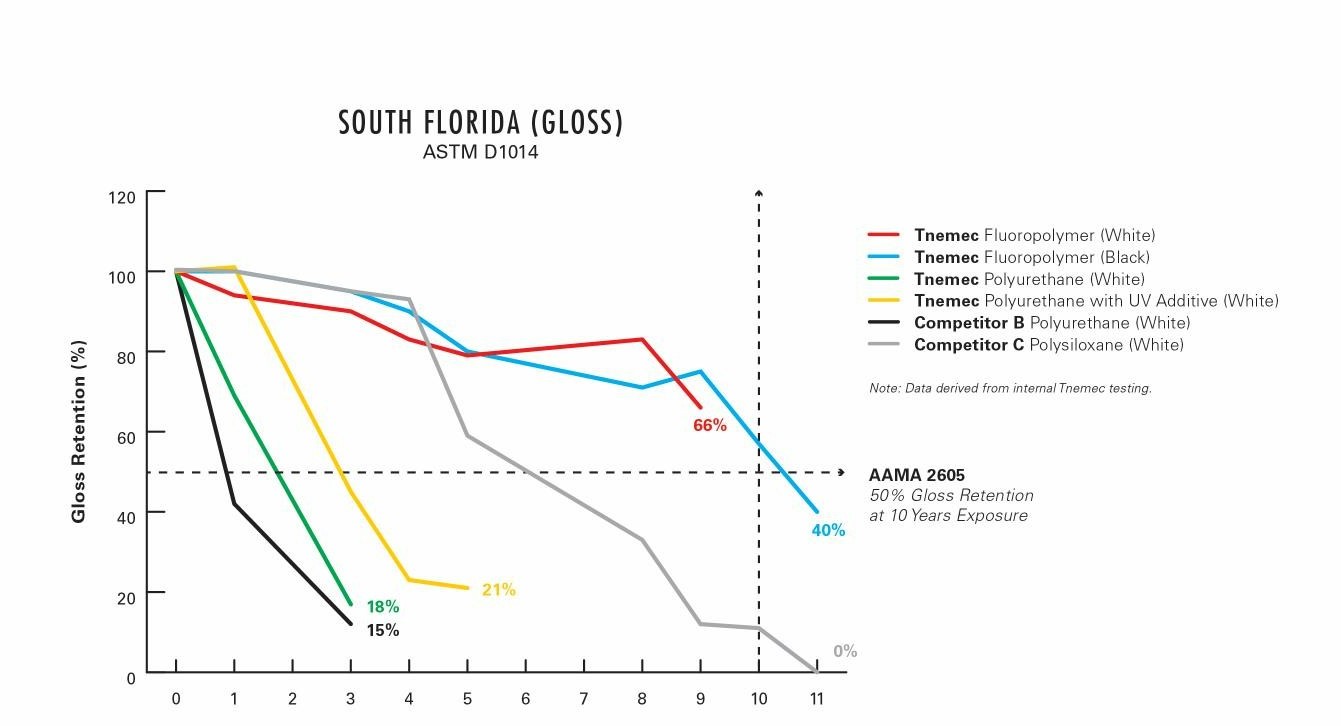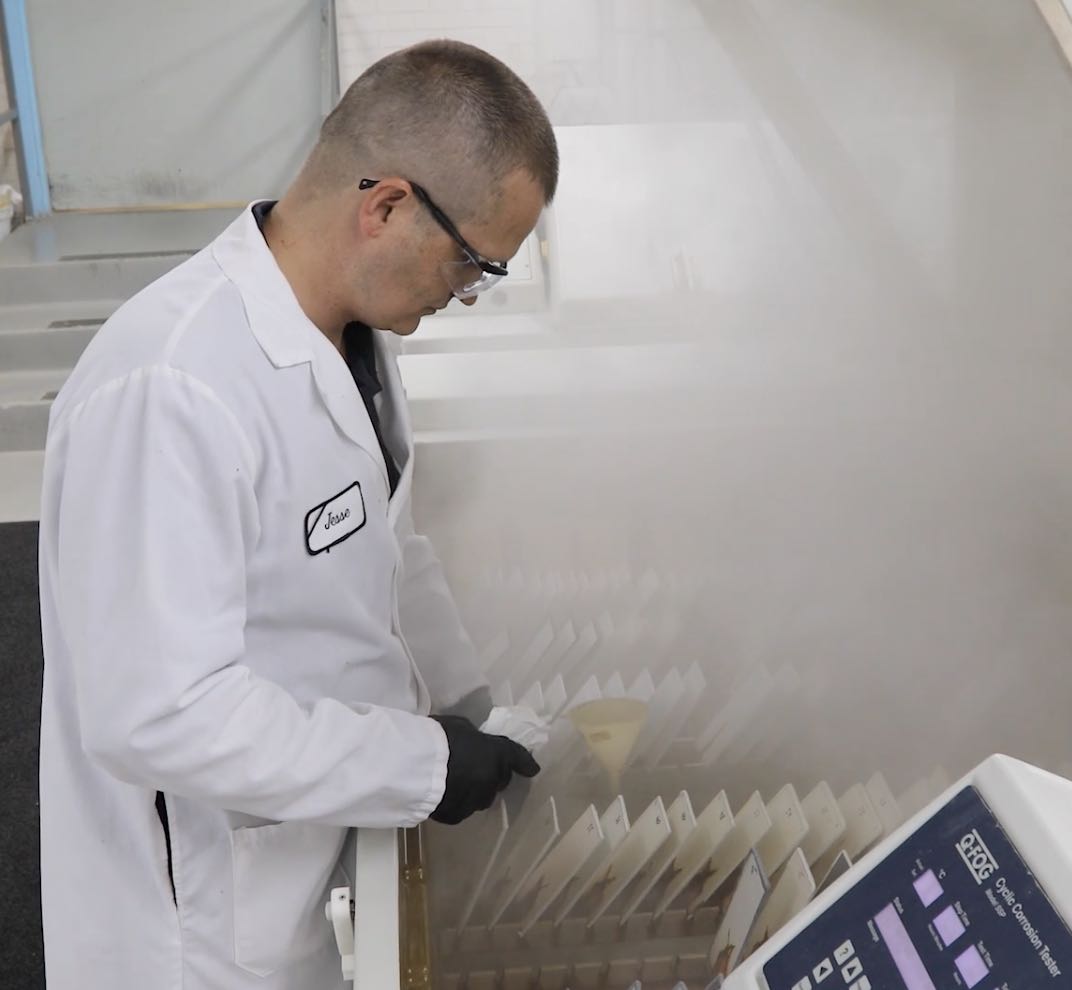
Does formulation and product performance matter?
Why should you use performance criteria and basis of design to improve your product specifications and eventually your submittals?
- High Performance Coatings
Why should you use performance criteria and basis of design to improve your product specifications and eventually your submittals?
Specifiers are often tasked with reviewing product submittals where the contractor is attempting to submit alternate materials that differ from those listed in the project specification. This process can often be very timely to the architect or engineer, and confusing since there are numerous coating manufacturers that supply generic coating technology.
The impetus behind an alternate product submittal often relates to contractor preference and in most circumstances, cheap material prices. In many cases, the alternate material submittal or substitution request will not meet the requirement of the project or environmental exposure. With that, specifiers can benefit from writing standard of quality or basis of design specifications supported by minimum acceptable performance criteria.
Like most manufactured goods, high-performance coating manufacturer's can choose to manufacture products around price, or alternatively, quality. While two products can share a similar generic make-up, their performance can vary drastically depending on the types of raw materials that were used to build the product. To compare product performance, coating manufacturer's test their products in accordance to industry accepted performance standards from organizations like ASTM, ISO, UL, NSF, ANSI, and AMMA. The results of these real world or accelerated performance tests allows manufacturers, specifiers, contractors, and owners to evaluate and compare two similar products.
For reference, the performance criteria comparison below highlights how products with similar generic make-up can have considerably different performance traits:
Product Type: Moisture Cured Urethane, Zinc Rich
ASTM Test: B117 Salt Fog Testing
Manufacturer A Result: No blistering, cracking or delamination of film after 20,000 hours
Manufacturer B Result: No blistering, cracking or delamination of film after 5,000 hours
Product Type: Fluoropolymer Urethane
ASTM Test: D4141 Method C EMMAQUA
Manufacturer A Result: No less than 98% gloss retention, after 2,000 MJ/m² (88,095 MJ/m² total) EMMAQUA exposure
Manufacturer B Result: No less than 52% gloss retention, after 2,000 MJ/m² (88,095 MJ/m² total) EMMAQUA exposure
Often times specifiers will incorporate industry standards established by SSPC and NACE now renamed as AMPP. For example SSPC Paint 36 “Two component weatherable aliphatic polyurethane” cites specific performance criteria. However, the competitive market forces tend to push manufacturer's to create a coating that only meets the minimum performance standard. This essentially creates a race to the bottom.
A project specification that is not protected by basis of design and/or a standard of quality will likely result in confusion during the bidding phase and lead to a time-consuming submittal review process that eventually provides the owner with the lowest standard of quality.
By writing coating specifications around a basis of design, the specifier can eliminate confusion during the bidding phase and simplify the submittal review process.
If you have experienced the confusion associated with the submittal phase of your project buy-out, contact your local high-performance coating consultant to learn how to include relevant performance data into your next project specification. We have proof and we can help!
Check out these related resources
Why High Performance Coatings Fail
Accelerated Weathering ASTM D4585
How Do High Performance Coatings Differ?
Don't miss these project profiles

Writing performance based coating specifications

What is ASTM D4585 (Accelerated Weathering)...
ASTM D4585 is a standard practice developed by...

What an Engineer should know before spec'ing High...
There are many factors that should be considered...